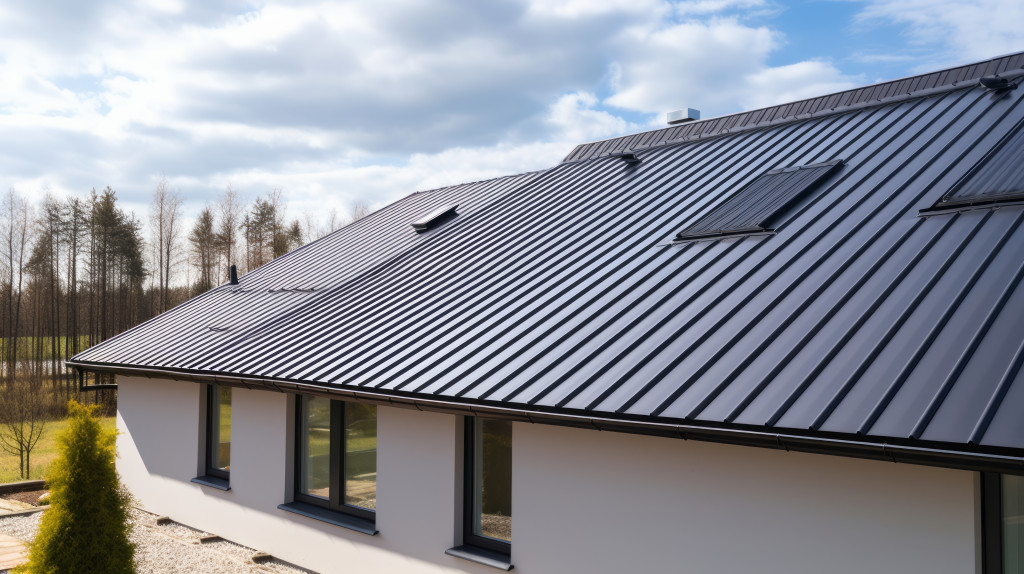
Residential metal roofing has gained popularity in recent years due to its durability, longevity, and energy efficiency. However, like any construction material, it also has its share of disadvantages and challenges. This post will explore the major drawbacks and problems associated with residential metal roofing, shedding light on important considerations for homeowners and builders.
One of the primary deterrents for many homeowners considering metal roofing is its upfront cost. Metal roofing materials tend to be more expensive than traditional asphalt shingles or other roofing options. Additionally, the specialized skills required for installation often come at a premium, further increasing the overall expenses. While metal roofs can offer long-term savings through reduced maintenance and energy costs, the initial investment can be prohibitive for budget-conscious homeowners.
Metal roofs can generate more noise during heavy rain, hailstorms, or other adverse weather conditions compared to other roofing materials. The sound of raindrops hitting the metal surface can be perceived as louder and more disruptive inside the house. While proper insulation and underlayment can mitigate this issue to some extent, it remains a concern for those sensitive to noise disturbances.
Installing a metal roof requires specialized skills, tools, and knowledge. Improper installation can lead to various issues such as leaks, inadequate ventilation, or structural damage. Unlike asphalt shingles, which are relatively easy to install, metal roofing demands meticulous attention to detail and precision. Consequently, hiring experienced professionals becomes essential, adding to the overall cost of the project.
Despite their durability, metal roofs can be susceptible to denting and damage from hailstorms, falling branches, or other impact events. While high-quality metal and thicker gauges can enhance resistance to dents, the risk remains, particularly in regions prone to severe weather. Repairing dented metal panels can be challenging and costly, requiring professional intervention to maintain the roof’s integrity and aesthetics.
Metal roofs expand and contract with fluctuations in temperature, which can pose challenges over time. This movement may cause fasteners to loosen, resulting in potential leaks or structural issues if not addressed promptly. Proper installation techniques and allowances for thermal expansion are critical to mitigating these risks, but they add complexity to the roofing process and may require ongoing maintenance.
Depending on the type of metal used and environmental factors, metal roofing may be susceptible to corrosion over time. Exposure to moisture, salt, pollutants, or acidic substances can accelerate the corrosion process, compromising the roof’s integrity and longevity. Regular maintenance, including inspections and protective coatings, is essential to prevent corrosion and extend the lifespan of the metal roof.
While metal roofing comes in various styles, colors, and finishes, the options may be more limited compared to traditional roofing materials like asphalt shingles or slate. This limitation can constrain homeowners’ ability to find a metal roof that matches their architectural preferences or blends seamlessly with the surrounding environment. Consequently, some homeowners may opt for alternative materials to achieve their desired aesthetic appeal.
While residential metal roofing can offer advantages, including durability, longevity, and energy efficiency, it also presents several challenges and limitations. From the initial cost barrier to concerns about noise, installation complexity, and maintenance requirements, homeowners must weigh the pros and cons carefully before committing to a metal roof. By understanding these disadvantages and addressing them effectively, homeowners and builders can make informed decisions and ensure the long-term performance of residential metal roofing systems.
